
An overview of the Fall 2023 Gems & Gemology content.
Read More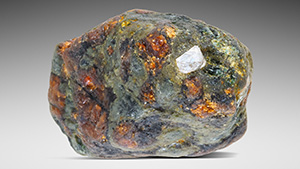
Reports on the analysis of a mantle eclogite xenolith with a partially exposed octahedral diamond.
Read More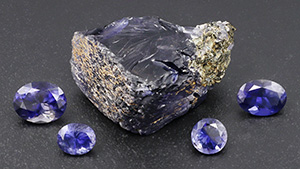
Reports on the geological setting and gemological properties of violet-blue gem cordierite from new deposits located in British Columbia.
Read More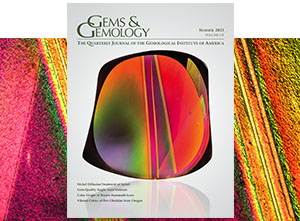
An overview of the Summer 2023 Gems & Gemology content.
Read More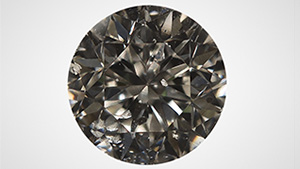
Rare chromium-rich corundum inclusions in a natural gem diamond provide a window into the deep earth.
Read More
Gemstones formed in metamorphic environments offer insights into the earth’s history and the evolution of tectonic activity that led to their formation.
Read More
An overview of natural "pipi" pearls from French Polynesia.
Read More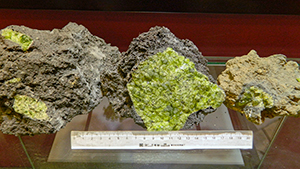
Analyzes the gemological and geochemical characteristics of peridot from the Gia Lai province alongside specimens from other localities to gain insight into its formation.
Read More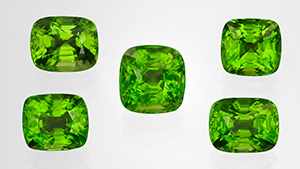
Examines the mining and the internal, spectroscopic, and chemical features of peridot from this deposit, which possesses a rich olive green color and is available in large sizes.
Read More
A look at plastic deformation, one of the most prevalent features in natural diamond.
Read More